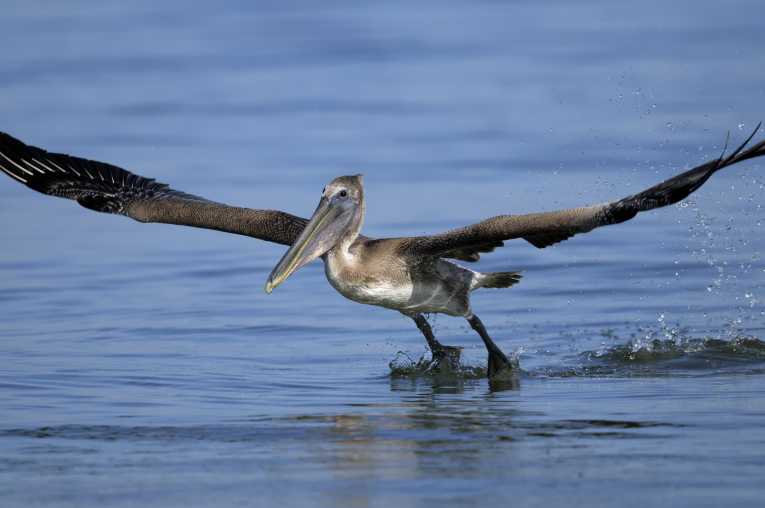According to the NWF report, the most highly impacted species include Atlantic bluefin tuna and sea turtles, but bottlenose dolphins, shrimp, and brown pelicans in the Gulf are not out of harm's way yet. Furthermore, the report states that at least 3,000 miles of coastal wetlands are in ''poor'' condition in the region, which means they were contaminated by oil, which kills vegetation, causing accelerated erosion and loss of nesting and feeding habitats for wildlife.
The western Atlantic bluefin tuna has already experienced plummeting population numbers, with an 82 percent decline since the 1970s. Since this fish only breeds in two parts of the Gulf of Mexico, and the spill happened during their prime breeding season, the eggs and young were exposed to high levels of contaminants, reducing the number hatched by as much as 20 percent. According to the NWF report, over fishing, combined with reduced reproductive success, could hasten population decline and limit the average size of adult tuna.
Sea turtles are also having a hard time recovering from the BP Deepwater Horizon disaster, with strandings up to 8 times higher than the 22-year average during the spill. As with bottlenose dolphins, it is difficult to determine the exact number that perished during and after the spill. Specifically damage to sargassum - a Gulf seaweed that is critical for the protection and nourishment of young sea turtles - may have caused many more deaths than those revealed by the strandings.
Brown pelicans and shrimp are also likely to suffer from the loss of feeding grounds caused by the Gulf oil spill disaster, as well as the loss of nesting sites and breeding grounds. Although shrimp are expected to reach pre-spill harvest numbers again by 2012, it is unknown at this time how oil toxicity will affect both larval and adult shrimp in the future.
To help counteract the many damages caused by the BP Deepwater Horizon disaster, the NWF recommends supporting a large-scale restoration of Gulf Coast wetlands, including guaranteed protection of nesting grounds and scaling back commercial fishing until populations recover.










